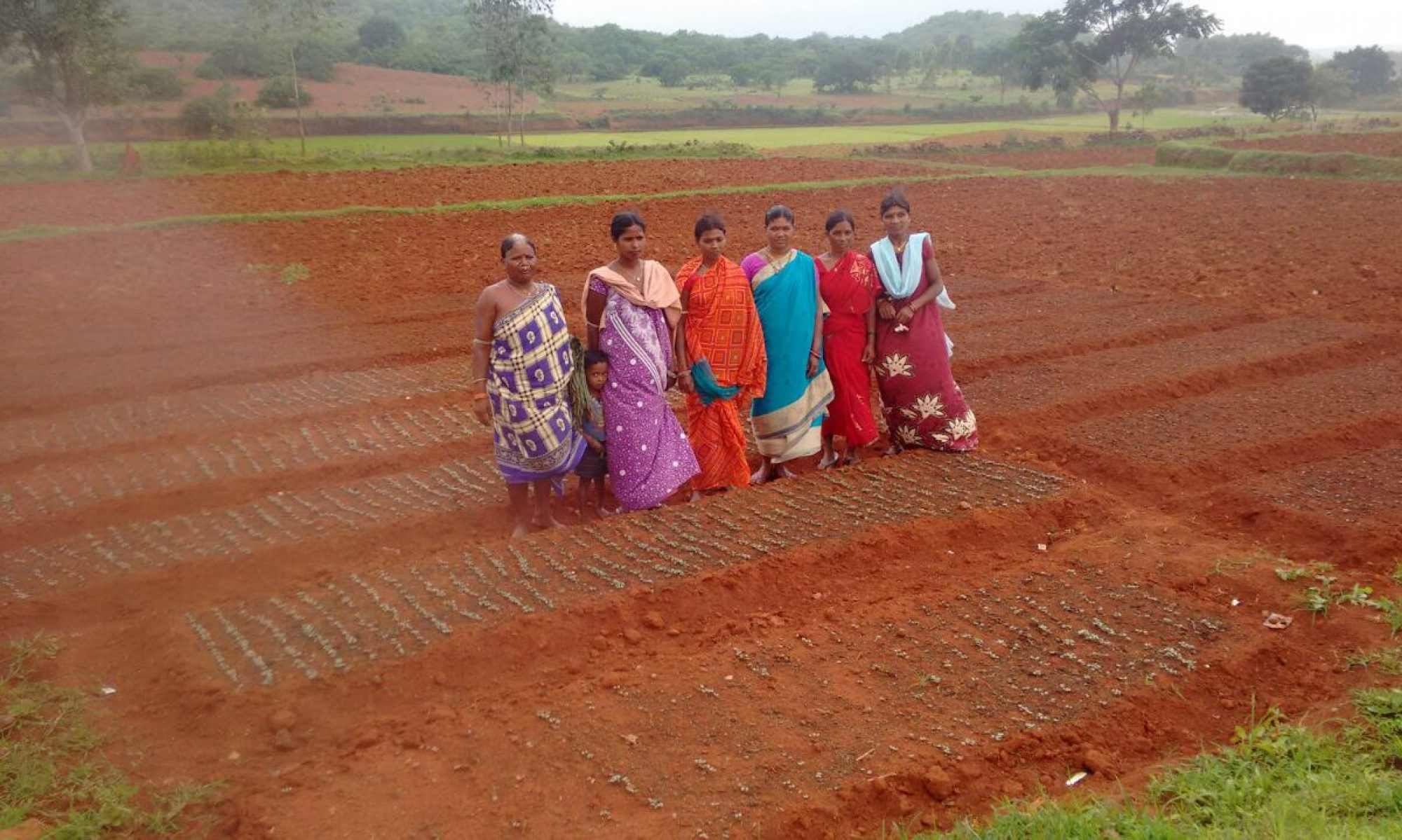Introduction
The livelihoods for a rural areas in Kandhamal, not just rehabilitation and reconstruction, but creating a viable, prosperous livelihoods sector, where all families can enjoy their lives free from poverty.
Importance of the Livelihoods: After working for a decade in this sector we found that the livelihoods sector is important because:
- The sources of income for over 80% of the families are provided from agriculture, livestock, and Horticulture, NTFP and fisheries sectors. This is the majority sector and the people want sustainable livelihoods.
- Conflict will return if poverty continues to rise, and communities feel alienated from the development process – abandonment of assets/low productivity/no support services and without immediate employment.
- Poverty is increasing in rural areas – for example Kandhamal has 79% poverty. Majority of the poor, both men and women, are farmers. Agriculture sectors are central to addressing poverty and also generating wealth and revenues.
- In livelihoods, many gender awareness issues and releasing the latent potential of women as entrepreneurs are critical ingredients for success.
Livelihood Sector Needs: The needs of the livelihoods sector were identified as:
- Productive Assets Rehabilitation Irrigated & rainfed lands clearing and sand removal; Crops Areas rehabilitation and access;
- Inputs and Equipment Drainage systems, water pumps, dryers; forest boundary fencing; livestock packages; agro inputs, seeds, compost machines,.
- Infrastructure, seed centres, hatcheries, tertiary irrigation canals, farm roads, nursery, animal health centres, Rural markets, Rural Extension Centres , fuel stations, ice plants, cold storage, crop processing units,
- Technology & Information Systems Computers, planting and maintenance, media, community information and communication systems, post harvest storage, packaging, animal breeding, crops feasibility studies, training centres, processing technologies, resource co-management, investment needs and incentives programs.
- Community empowerment Agro fisheries resource facilitation centres, community grants, participatory field workshops, farmer to farmers’ field schools, co-management, women entrepreneurship and small business skills.
- Community – Institutional strengthening Organisation Development for CBOs, Farmers groups, Community internet, village governance, Micro finance institutions; facilitator training.
- Local Govt Institutional strengthening Capacity and network building, Development Forums, investment promotions; land use and infrastructure development planning
- Processing and marketing Market linkages with private sector, appropriate technology for processing and packaging; quality assurance and standards, storage facilities (warehouses, cold storage)
- Environmental Protection agro ecological conservation areas, eco production (organic) processing, impact mitigation, agro-tourism.
Future Livelihoods Strategy
Real connections between community’s and development partners in kandhamal are needed. Livelihoods are best developed by and with the communities.
Networks built for : pro-poor community development for men and women; rural livelihoods and micro-enterprise for local markets; demand-driven support services to revitalize agriculture, fisheries and enterprise productivity; market oriented agribusiness and rural industries; multi-stakeholder, sub-district management linked to established mechanisms.
Activity
- Community meeting facilities
- Agriculture Mandi/warehouse/ workshop facilities for all types of product of primary stakeholders, inputs ordering including seed, fertilizer, veterinary products.
- Farm Equipment training & servicing/Extension services
- Processing, quality assurance, packaging, organic certification, cold storage, simple laboratory, green waste composting.
- Information services for appropriate technologies, market, technical and financial.
- Satellite Internet access and tele communications for development organizations and local communities.
- Micro Finance Services
- Business development and facilitation
- Insurance
Priority for Livelihoods
Livelihoods development should be phased and synchronized with infrastructure development. Livelihoods programmes should accompany or precede infrastructure. Livelihoods investments will develop infra structure users in advance so creating demand for infra structure. CLRC-KALPAVRIKSH facilitate marginal and landless farmers living below the poverty line to connect to the benefits that infrastructure can provide. Maintenance of infrastructure is improved by local ownership as infrastructure is linked to livelihoods development activities.
Conclusion
Rehabilitation and reconstruction for the large majority of the livelihoods population must be completed at the earliest. A foundation will have been laid for sustainable livelihoods development through technology, human resource development and integrated systems for production, processing and marketing plus the relevant information and extension services.
This livelihood development could then provide added value to rural areas so reducing poverty.

